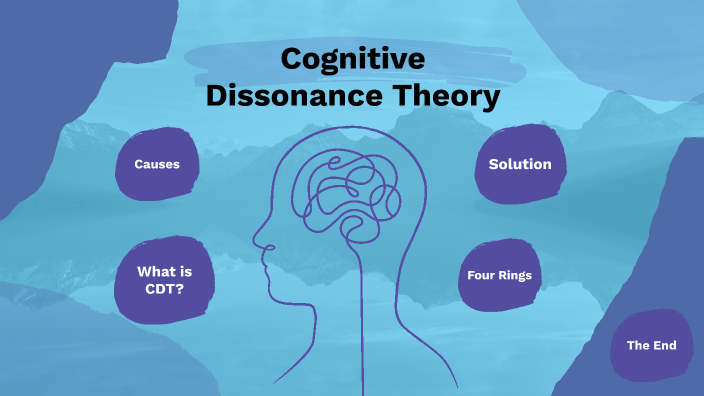
A Perspective on Cognitive Dissonance Theory
People constantly seek consistency and harmony in the decisions they make. In other words, individuals want their behaviors to be synchronized with their beliefs and values. Thus, they are sure of their decisions and feel spiritual comfort. Ensuring cognitive consistency is necessary for the social acceptance and adaptation process. The Theory of Cognitive Dissonance, developed by Leon Festinger in 1957, is a theory about the discomfort they feel if internal coherence and self integrity are not achieved. Leon Festinger suggested that people strive for internal psychological consistency in order to function mentally in the real world. The Theory of Cognitive Dissonance explores how the inconsistency between people's cognitive attitudes, beliefs and behaviors affects people and what the cognitive causes of this dissonance are. He examines the effect of this incompatibility situation on the person and is in search of a solution. Cognitive dissonance is experienced when the inconsistency situation arises, that is, when the beliefs, values, or behaviors of the individual contradict each other. This state of dissonance creates discomfort and restlessness because people tend to correct cognitive dissonance.
Cognitive dissonance occurs when an individual's behavior and attitude preferences conflict with their belief and thought infrastructure. For example, if a person wants to get up early in the morning but stays up late at night, a situation of dissonance arises between attitude and behavior. This inconsistency may arise from time to time regarding beliefs. For example, a person may be sensitive to animal rights and prefer to wear fur. This is an inconsistency between beliefs. Conflicting knowledge or experiences, external pressures, or social norms can also cause a lack of consistency and a sense of disharmony.
Cognitive dissonance can be reflected in behavior in a variety of ways. The most common consequence is that people exhibit inconsistent behavior. Individuals may exhibit contradictory behaviors instead of correcting internal contradictions or inconsistencies. This type of behavior is easily noticed at the point where the person's speech and ideas do not coincide with his behavior. At the same time, when people feel cognitive dissonance, they begin to question their own behavior and beliefs. If this questioning process is efficient, unconscious inconsistency can be eliminated. Because cognitive dissonance stems from people's need for internal consistency and harmony, individuals can also use strategies such as changing their attitudes and beliefs, acquiring new information, or trivializing dissonance to resolve dissonance.
Leon Festinger and his colleague Merrill Carlsmith conducted a study in 1959 to support the cognitive dissonance theory. In the experiment, the participants are given the monotonous task of turning the wheel and pressing a button. Participants are then asked to describe which category the task falls under as "fun" or "challenging". Then, different prizes are offered to the participants. One group of participants was presented with a $1 prize, while another group was presented with a $20 prize to examine their reactions to the prize. Despite the difference in reward, both groups are responsible for the same task. The interesting result of the experiment reveals the contradiction between the amount of reward and the description of the task as "fun". Participants receiving a $1 reward describe the task as "more fun", while participants receiving a $20 reward describe the task as "less fun". This result supports the cognitive dissonance theory. Participants who received a $1 reward described the task as more fun to justify the reward with less real value. In contrast, participants who received a $20 reward described the task as less enjoyable because they felt that the larger reward should balance the tediousness of the task. This experiment shows that people use strategies to harmonize their attitudes and behaviors to reduce cognitive dissonance.
In order to reduce dissonance, people must first increase their resistance to external pressures. Aiming to develop a harmonious mindset, he should change his attitudes and beliefs by taking into account his priorities. He must find a way to confront internal contradictions based on newly acquired knowledge.